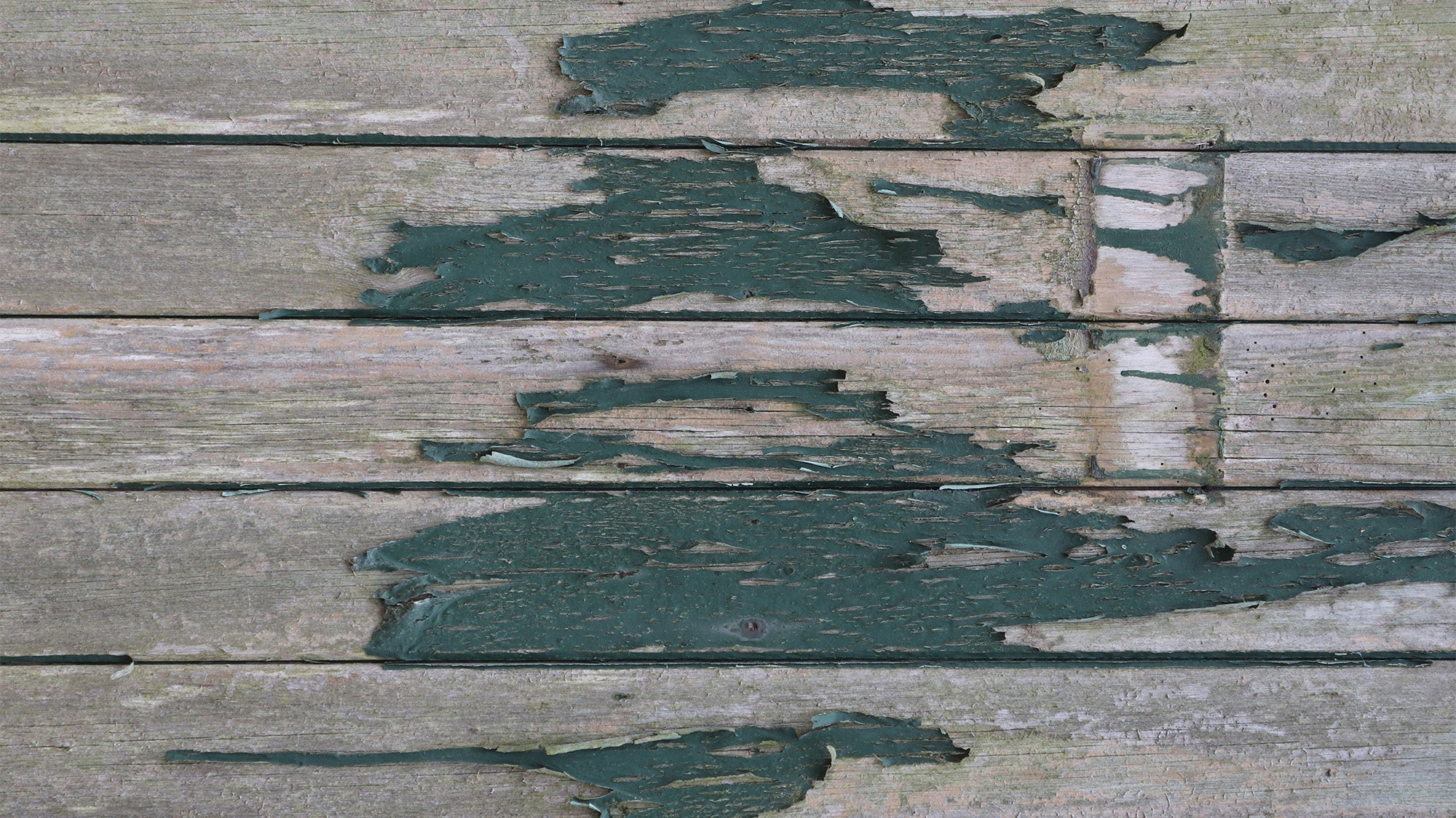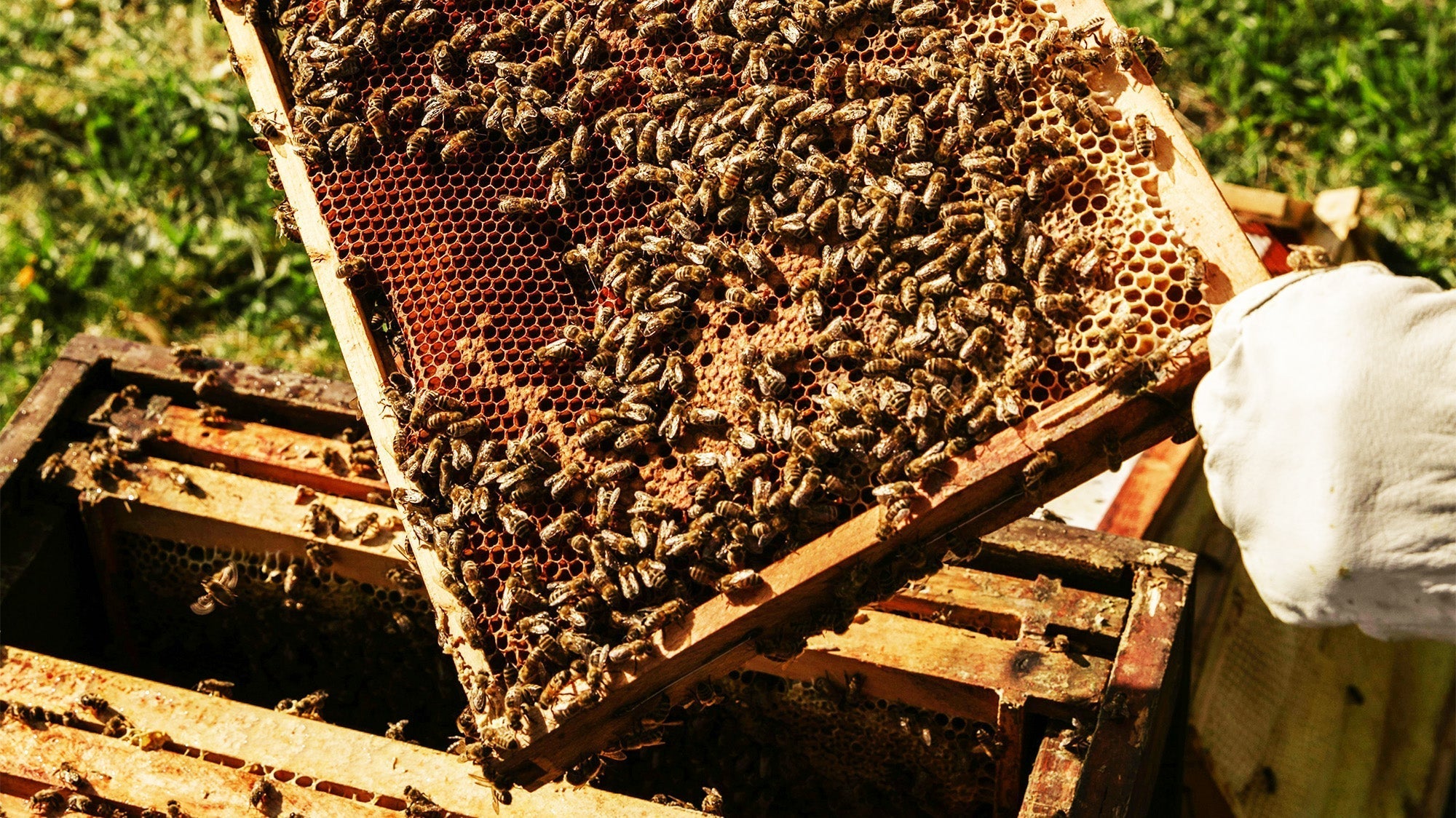Flooded Home Timber Frame Repair: A Guide to Protecting Your Home
Discovering your home flooded is a devastating experience. Once the water recedes, the challenging work of cleanup and repair begins. One of the primary concerns is the timber frame, the backbone of your house. Councils and insurers usually demand a thorough inspection of the frame for structural damage after the plaster and insulation are removed, before any recladding can occur. A crucial part of this process is ensuring the timber frame dries out properly.
The Hidden Dangers of Damp Timber Frames
If a wet timber frame isn't dried correctly, two major problems can arise:
-
Mould: Damp environments are breeding grounds for mould. Airborne mould spores can lead to respiratory issues and allergic reactions, posing a significant health risk.
-
Wood Rot: Wood rot thrives in moist conditions and can rapidly weaken a timber frame, compromising the structural integrity of your home. Radiata pine, commonly used in Australian timber frames, is particularly susceptible to rot, even when treated with H2 (which only protects against borer and termites).
The image in the original article vividly illustrates the destructive power of unchecked moisture, showing a timber frame ravaged by brown and white rot due to a suspected moisture leak. The white rot's mycelium spreads like a fan, actively seeking new areas of damp timber to colonize.
The Solution: No Rot Gel
Fortunately, there's a solution to combat these threats: No Rot Gel. This wood preservative is specially formulated to eradicate both mould and wood rot.
How No Rot Gel Works:
No Rot Gel contains two powerful active ingredients:
-
Boron (as Disodium Octaborate Tetrahydrate): A potent agent against rot and mould, Boron also acts as an insecticide, providing added protection against borers and termites.
-
Benzalkonium Chloride: Further enhances the product's ability to control rot and mould.
No Rot Gel is ideal for addressing these issues in flooded homes.
How to Apply No Rot Gel
No Rot Gel is ready to use straight from the container. Here's how to apply it effectively:
-
Coverage: One liter covers approximately 4 square meters.
-
Timing: Apply No Rot Gel when the timber frame is still damp. If parts have dried, re-wet them to help the product penetrate deeper into the wood.
-
Application: Apply two coats. Apply the second coat as soon as the first is absorbed, or within 2 hours.
-
Drying: Allow 3-4 days for the gel to become touch dry.
-
Tools: Use a paintbrush, roller, or spray gun for application. Clean your tools with water afterward.
Safety Considerations
No Rot Gel is safe for use in family homes when used as directed. Once dry, it's odorless. The product is registered with the APVMA, ensuring it has been independently evaluated and deemed safe for general use. However, always read the label and follow the safety instructions. When spraying, wear an organic vapor-rated mask to avoid inhaling the mist.




Share: